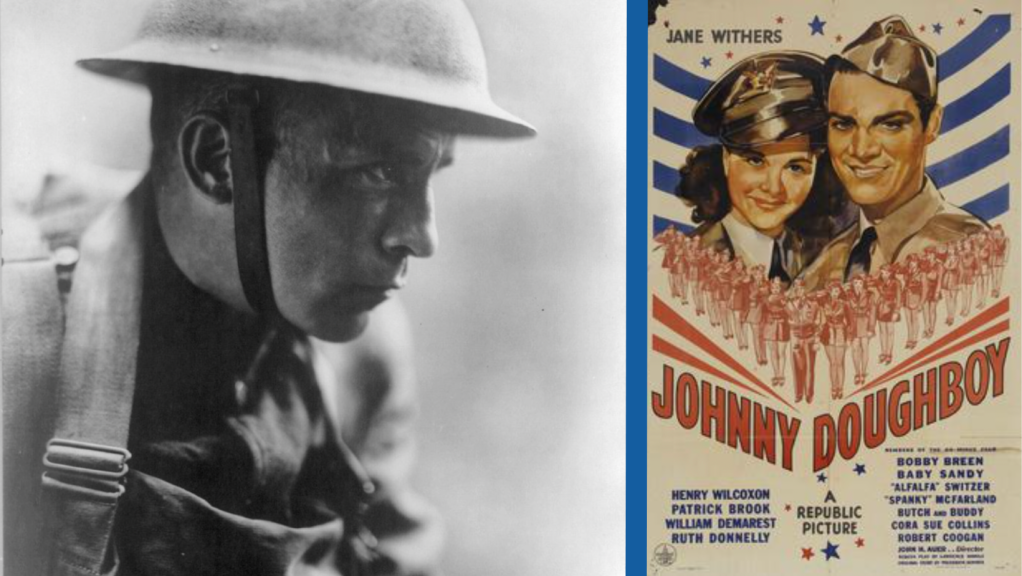

Canned biscuits may have made the term “Doughboy” popular in modern times, as have clever eateries across the country. But the origin of doughboy actually goes back much further than its bakery connotation would have you believe. In fact, the word Doughboy has been around since at least 1846 – more than a century before the Pillsbury version was ever introduced.
Doughboys was a common nickname for infantry soldiers through the Mexican-American and First World Wars. The term was used in wartime songs, including “Johnny Doughboy Found a Rose in Ireland,” and an entire musical, “Johnny Doughboy,” which was released in 1942.
By WWII, the name had been replaced, instead calling soldiers G.I.s.
Theories of the nickname
However, how WWI infantrymen got the moniker is debated to this day. Some say it was pulled from literal doughboys, a term used before the modern donut, used in both the U.S. and Great Britain. This theory comes from unique brass buttons on soldier uniforms that looked similar to the fried dough.
Another theory states that American infantrymen were, more often than not, covered in light-colored dust – resembling flour – due to desert terrain in northern Mexico.
For nay-sayers stating this dust would have been more red than chalky looking, another theory states it started with the term “adobe,” which was then morphed into “dobey” and then “doughboy,” leaving the emphasis on the end of the nickname.
In addition, doughboy had become a common nickname in the U.S. for bakers’ apprentices, which could have been a nod to the average age of infantry forces, which was quite young at the time. The average age of the force was less than 25, while teens as young as 17 could enlist.
Finally, the 1840s called for field rations cooked on-site in campfires. The food was made of rice and flour dough, hence doughboys.
Others still state it comes from infantry soldiers being “kneaded” in 1914 but did not “rise” until 1917, though this theory doesn’t explain the term being used in the previous century.
Cultural impact today
There is no concrete story on how the term came to be, though many theories combine to show history of the time and how the infantry culture affected the entirety of the war. And even though the term didn’t stick around into the next major war, doughboy morphed into new meanings across the U.S. that celebrate progress and trials from decades of the past.
